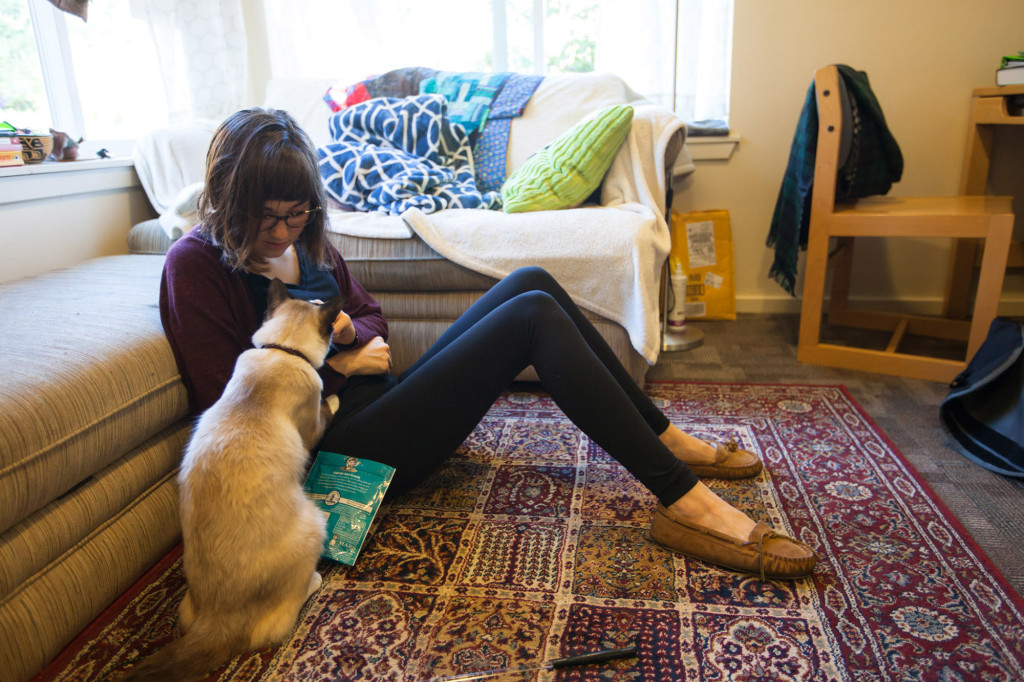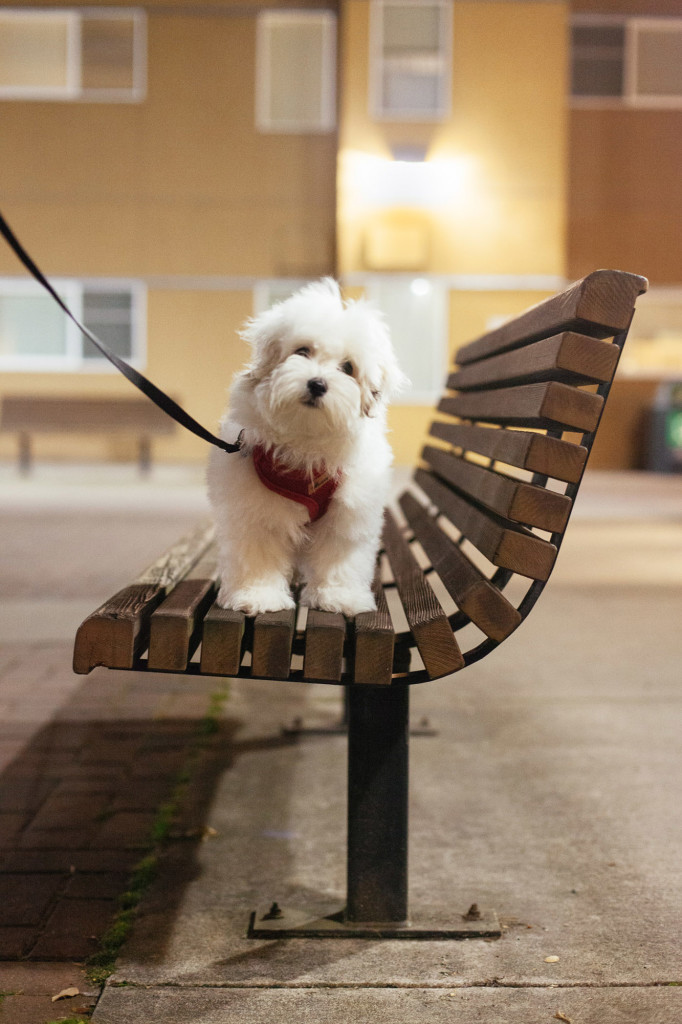While it is tempting to cuddle up with one of the furry friends often sighted in residence halls across campus, these pets—known as “therapy animals”—are only meant for those with disabilities, both invisible and physical.
Therapy animals have grown more prevalent on college campuses across the country in recent years. An Oct. 4 article in the New York Times, suggests that increasing anxiety and depression in college students prompted a rise in requests for therapy animals. Rich Okamoto, director of Disabilities Services at Seattle U, explains that the increase in requests has doubled recently.
“Though Seattle U has usually had from about two to four [therapy animals],” Okamoto said, “[now there are an estimated] seven to eight therapy animals on campus.”
Going through Disabilities Services is not first step that students must take, and the process itself requires official documentation.
“They must bring a note from their therapist who has prescribed the student with a pet while also continuing with the therapy itself,” Okamoto said. “[It is] an on-going treatment. The animal is not a ‘pet,’ it is a form of therapy.”
Seattle U Housing and Residence Life takes a hard line when it comes to non-disability related pets.
“No pets or animals are permitted in campus housing at anytime,” states the Seattle U Housing Agreement section on pets.
The only exceptions are fish in a 10-gallon tank or less, and animals trained for the purposes of assisting or accommodating a person with a disability. Yet the department is in conversation with both Disabilities Services and students in order to make sure all needs are met. These accommodations are in line with the Americans with Disabilities Act and Fair Housing Act, and other federal mandated requirements.
“[Any resident] may be entitled to keep an assistance animal as a reasonable accommodation in housing facilities that otherwise places restrictions or prohibitions on animals,” stated the Americans with Disabilities Act and Fair Housing Act.
Kiana Parker, the Alternate Media Coordinator at Disabilities Services, said she feels that there is a delicate balance that needs to be taken into consideration when trying to get permission for an animal.
“The university does a great job of engaging in conversations with students about therapy animals,” Parker said.
If the student with a therapy animal has a roommate, then for the animal to live with them, the roommate’s permission and an agreement are required.
It is a privilege that, according to Okamoto, can be revoked at any time. The approval, “Is not for a pet, it is a prescription to go along with therapy.”
HRL, as part of their interactions with students, takes extra care to maintain the animal’s safety in
on-campus living.
If HRL suspects the animal is not being treated with optimum care—or if it represents a health or sanitation concern—they have the power to remove the animal. This has not happened yet, according to Okamoto, but he reminds students that animals are an immense burden to take care of while also balancing school and social lives. Still, he feels, that there are enough positive reasons why therapy animals can be effective because they regularize schedules and give students purpose—the student just has to be prepared for the added responsibility.
Sophomore Carolyn Van der Meulen is in the process of getting her service dog trained and approved. This week she will finally get the approval for Nanuk, her 16-week-old Coton de Tulear, who is currently undergoing basic—and later more advanced—training, which will allow her to have him on campus come January. Coton de Tulear’s are quiet, hypoallergenic, and easy to train—the perfect combination for a service-animal on campus.
After consulting her caregivers and parents, they decided that a service dog was the best choice for treatment. Van der Meulen explained that the school has been supportive throughout the process. The only issues that she faced in her situation were roommates who expressed concerns over living with a service animal, or already needed one but a different type of animal. As excited as her friends were to find out she was getting a therapy animal, she had to remind them that she has a “distinguished period of time in which the dog can be pet and played with,” because, “my needs come first.”
As Van der Meulen puts it, “this is a working animal, not a pet.”
Scott may be reached at sturner@su-spectator.com










